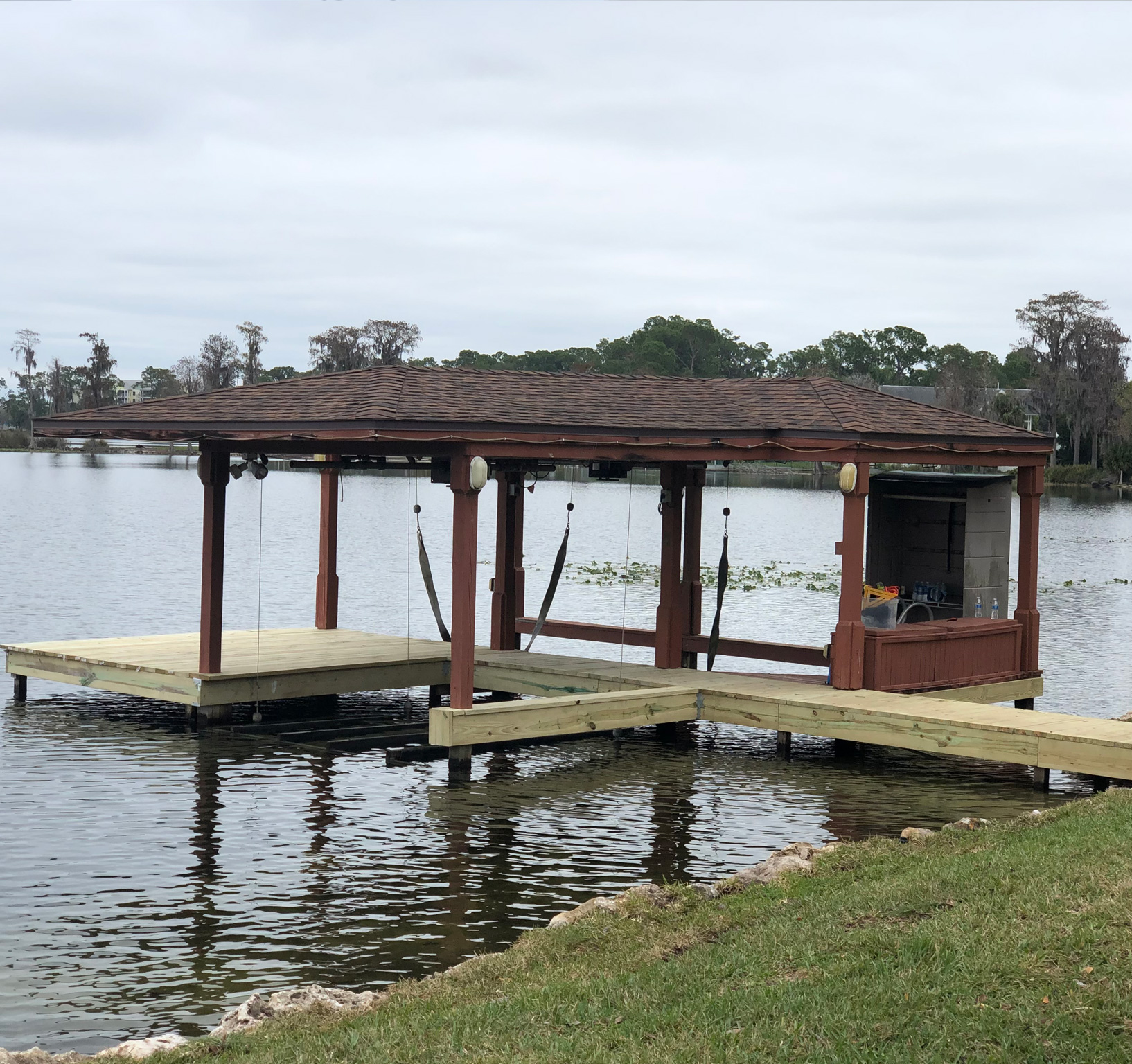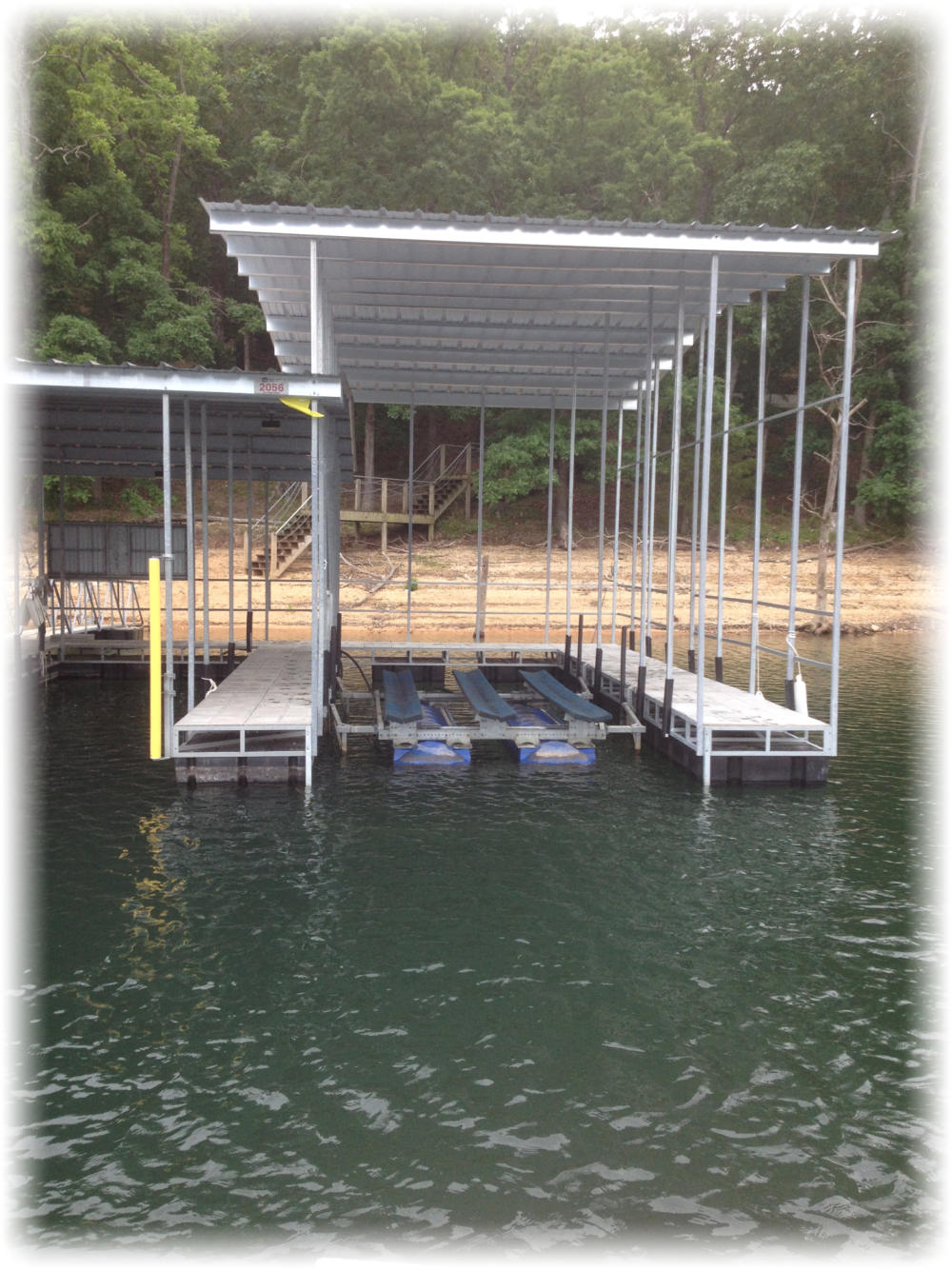DIY Tips for Simple Dock Repairs You Can Handle
DIY Tips for Simple Dock Repairs You Can Handle
Blog Article
Effective Dock Repair Techniques: Making Certain Architectural Stability
Guaranteeing the architectural honesty of anchors with effective repair methods is vital for the longevity and safety of marine facilities. This entails a multi-faceted strategy beginning with comprehensive inspections using advanced innovations like finder tools and remotely ran cars (ROVs) to identify both visible and hid damages. Consequently, selecting the ideal repair work materials, such as composite products and corrosion-resistant alloys, is critical for sturdiness. Structural reinforcement approaches, including the implementation of cross-bracing systems and load-distribution plates, play a crucial role in mitigating anxiety factors. Nevertheless, the value of these techniques becomes obvious when discovering sophisticated repair work techniques and preventative upkeep methods.
Examining Dock Damages
Assessing dock damages is an essential primary step in ensuring the structural stability and safety and security of any kind of docking center. This first assessment includes a thorough evaluation to identify both visible and surprise problems. Secret facets to check out include the dock's foundation, pilings, decking, and hardware. Each component should be inspected for indications of wear, rot, rust, or various other types of destruction that could jeopardize the architectural honesty.
Architectural engineers or qualified assessors normally carry out these assessments using specialized devices and strategies. As an example, underwater evaluations might use finder devices or remotely ran automobiles (ROVs) to discover submerged damages. Over water, aesthetic examinations are complemented by using wetness meters and other analysis devices to discover underlying issues not right away visible to the nude eye.

Finding Repair Work Products
Choosing the appropriate repair work products is a critical step in the dock reconstruction process, one that straight affects the longevity and efficiency of the repaired structure. Product choice have to be driven by elements such as ecological conditions, load-bearing needs, and compatibility with existing dock components. For circumstances, timber is a standard selection for anchors as a result of its natural durability and visual allure. Nonetheless, picking the best kind of timber, such as pressure-treated lumber or normally rot-resistant varieties like cedar or teak wood, is essential to stand up to water settings.
In addition to wood, composite materials are progressively popular because of their toughness and low upkeep requirements. Compounds, generally made from a mix of plastic and wood fibers, supply exceptional resistance to rot, insects, and UV damage. For steel docks, choosing corrosion-resistant alloys such as galvanized steel or marine-grade light weight aluminum is necessary to stop rust and ensure architectural stability in saline water conditions.
Epoxy materials and marine-grade sealers are important for repairing cracks and securing joints, offering a waterproof obstacle and enhancing the dock's total stamina. By carefully picking high-grade products, dock repair work can attain durable outcomes, thus protecting versus future degradation and making certain safe, trustworthy usage.
Architectural Support Techniques
Effective structural reinforcement methods are crucial in ensuring the stability and longevity of dock repairs. One fundamental method involves making use of steel or composite reinforcement bars (rebar) within concrete frameworks. Rebar gives added tensile toughness, preventing cracks and distributing tons much more equally. This technique is particularly reliable for docks revealed to heavy lots or severe environmental problems.
Another necessary technique is the application of fiber-reinforced polymers (FRP) These materials use high strength-to-weight proportions and excellent resistance to corrosion, making them suitable for strengthening wooden or concrete docks. FRP can be applied in sheets or strips and adhered with epoxy resins to boost structural integrity.
Supporting and anchoring systems also play an essential duty in architectural reinforcement. Cross-bracing, making use of metal or wood light beams, can counteract lateral pressures, minimizing persuading and motion. Anchoring systems, such as helical piers or driven heaps, supply a stable structure by transferring loads to much deeper, a lot more stable dirt layers.
Last but not least, the assimilation of load-distribution plates can aid distribute weight more equally throughout the dock's surface, minimizing local anxiety factors. These techniques jointly guarantee that anchors remain secure and robust, efficient in standing up to the rigors of their functional atmosphere.
Advanced Fixing Approaches

Another advanced method includes undersea welding, which permits repair services to be conducted without the requirement to dewater the area. This method is particularly advantageous for addressing architectural concerns in immersed dock elements, guaranteeing very little disruption to operations. Boosted welding strategies, combined with robotic systems, provide precision and reliability, thereby extending the lifespan of the dock.
Additionally, cathodic protection systems are implemented to avoid rust in metallic dock structures. By using sacrificial anodes or impressed existing systems, these the original source strategies properly minimize the electrochemical procedures that bring about product degeneration.
Finally, advanced surveillance innovations, such as structural wellness tracking (SHM) systems, provide real-time information on the condition of dock frameworks. These systems allow proactive upkeep and timely treatments, inevitably making sure the long-term structural honesty of the dock.
Upkeep and Avoidance
Upkeep and prevention are basic ideas that underpin the longevity and security of dock frameworks. Routine inspections are vital, permitting early discovery of deterioration, potential weak points, and environmental influences. A positive approach, involving regular checks for corrosion, rot, and structural shifts, minimizes pricey fixings and extends the dock's operational life.
Preventive actions ought to include applying safety finishes to steel elements to safeguard against corrosion and utilizing cured wood to stand up to decay. In addition, ensuring appropriate drainage and ventilation can stop water build-up, which is an usual cause of architectural destruction. Including quality materials and adhering to producer guidelines during building and fixing stages additionally play essential functions in improving toughness.

Educating employees in dock maintenance best techniques makes certain constant application of preventive measures. Leveraging technical developments, such as drones for evaluations and sensing units for real-time surveillance, can even more enhance upkeep efforts. By focusing on upkeep and prevention, dock proprietors can guarantee architectural honesty, operational safety and security, and cost-efficient monitoring over the dock's life expectancy.
Final Thought
In final thought, keeping the architectural integrity of aquatic facilities requires comprehensive dock fixing techniques. Advanced repair service strategies, paired with regular maintenance techniques, ensure the dock stays operational and risk-free under varied ecological problems.
Guaranteeing the architectural stability of anchors via efficient repair work methods is extremely important for the longevity and security of aquatic centers.Selecting the suitable fixing products is a critical action in the dock repair process, one that straight affects the durability and over here performance of the repaired structure.Reliable architectural support methods are vital in guaranteeing the security and longevity of dock visit this site repair work. By focusing on upkeep and prevention, dock proprietors can ensure structural stability, functional safety, and cost-efficient monitoring over the dock's life expectancy.
In final thought, preserving the structural integrity of aquatic centers demands detailed dock repair methods.
Report this page